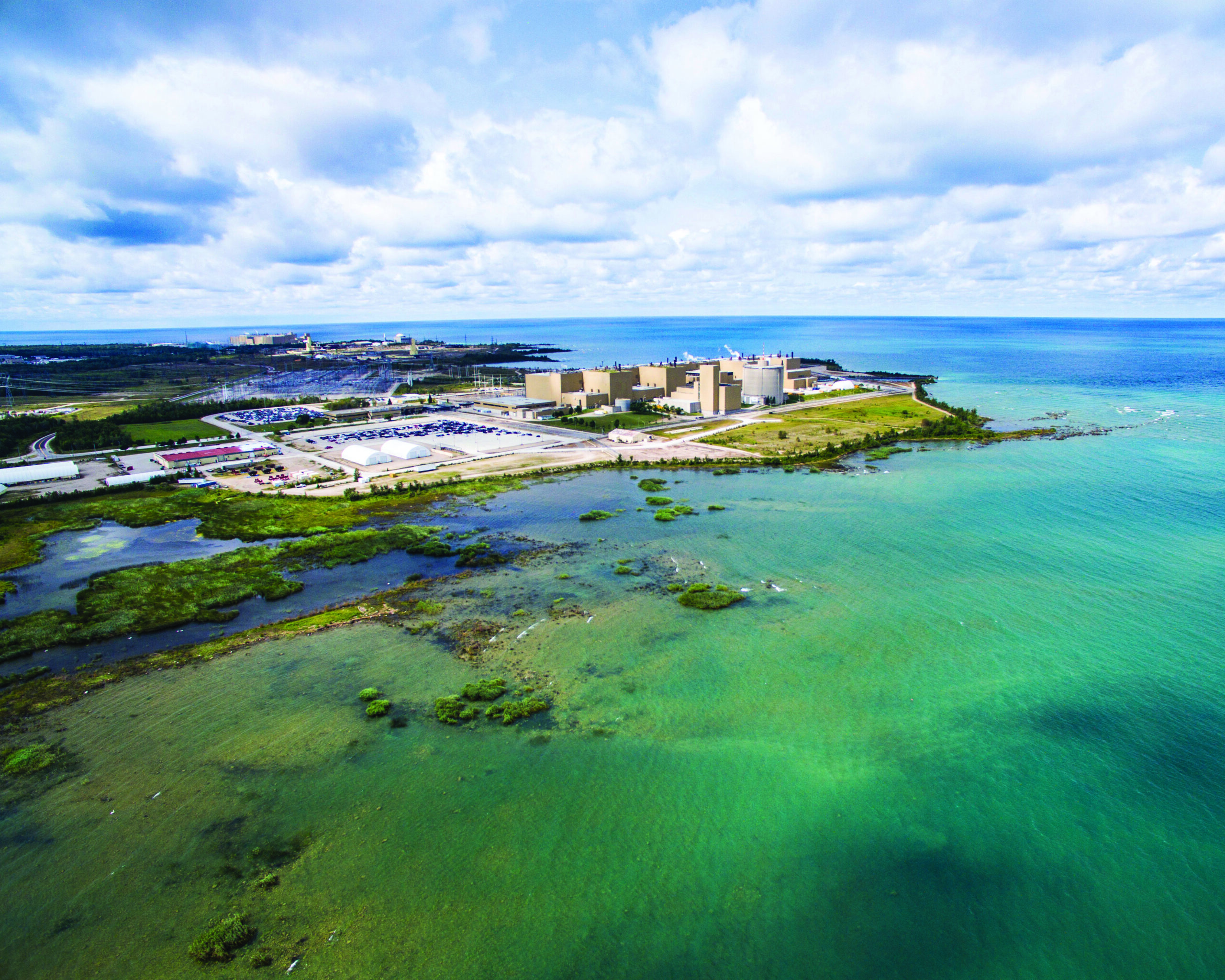The Independent Electricity System Operator (IESO) released the Pathways to Decarbonization (P2D) study to develop a strategy to achieve zero electricity sector emissions that considers reliability, cost and impacts on broader electrification efforts.
The report maintains that a range of clean energy solutions will be required to meet climate targets and that nuclear energy has and will continue to play a crucial role in a clean energy transition.
The report envisions a decarbonized supply mix by 2050 with contributions from nuclear, conservation, demand response, renewables and storage. The mix also includes low-carbon generation such as hydrogen and renewable natural gas – currently emerging technologies – at scale.
The IESO Pathways to Decarbonization study sends a clear signal that nuclear power is essential to building an achievable path to Net Zero, a fact which has led to growing support for nuclear on a global scale. Ontario is a leader in nuclear innovation, and with many promising new energy technologies on the horizon, it’s important to recognize that large-scale nuclear continues to do the heavy-lifting for the province’s clean energy needs.
As the world’s largest operating nuclear facility, Bruce Power is investing in securing our future through our Life-Extension Program that enables operation to 2064 and beyond, while innovating to produce even more clean energy from our existing reactors.
Through our Project 2030, Bruce Power is targeting a site net peak capacity upwards of 7,000 MW by the 2030s in support of climate change targets and future clean energy needs. Incremental updates and additional generation output will be done through asset optimization, innovation and leveraging new efficient technology to increase site capacity, effectively adding the equivalent of a ninth large-scale reactor to our site without the need to build additional infrastructure.
Bruce Power’s Life-Extension Program will extend the operational life of each reactor by 30 to 35 years out to 2064 and in turn help mitigate the predicted increase in GHG emissions intensity of the electricity grid. Project 2030 investments will be closely coordinated with our Major Component Replacement (MCR) and Asset Management programs and Bruce Power is expected to achieve its Project 2030 targets once all units have returned to service post-MCR.
About Bruce Power
Bruce Power is an electricity company based in Bruce County, Ontario. We are powered by our people. Our 4,200 employees are the foundation of our accomplishments and are proud of the role they play in safely delivering clean, reliable nuclear power to families and businesses across the province and life-saving medical isotopes around the world. Bruce Power has worked hard to build strong roots in Ontario and is committed to protecting the environment and supporting the communities in which we live. Formed in 2001, Bruce Power is a Canadian-owned partnership of TC Energy, OMERS, the Power Workers’ Union and The Society of United Professionals. Learn more at www.brucepower.com and follow us on Facebook, Twitter, LinkedIn, Instagram and YouTube.


